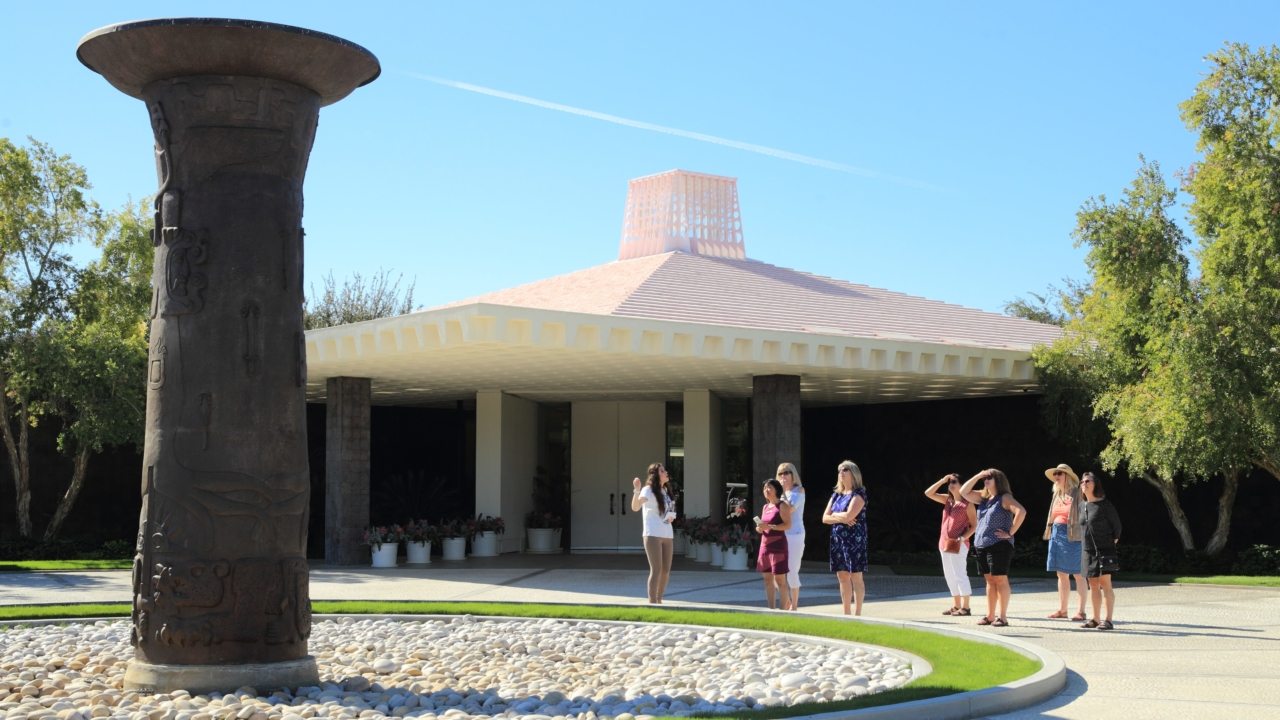Dr. Kevin Gamache
Dr. Kevin Gamache is Chief Research Security Officer for the Texas A&M University System and manages the System’s industrial security relationships with the Department of Defense and the Department of Energy. He also serves as Director of the Multi-Program Research & Education Facility at Texas A&M University. This facility provides the secure infrastructure to support multidisciplinary scientific, engineering, and public policy research near the Texas A&M University campus in College Station, Texas.
Prior to his current position, Dr. Gamache was Executive Programs Training Manager for Texas Engineering Extension Service’s National Emergency Response and Rescue Training Center (NERRTC). NERRTC, a member of the National Domestic Preparedness Consortium, was established to train local and state officials and emergency responders to prepare for and respond to acts of terrorism, including those involving the use of weapons of mass destruction as well as natural disasters and catastrophic incidents. While at the National Emergency Response & Rescue Training Center, Dr. Gamache also played a lead role in the agency’s development of regional catastrophic preparedness plans for the State of Texas. He also has developed and facilitated bioterrorism tabletop exercises for the George Bush School of Government & Public Service at Texas A&M University.
He joined NERRTC in 2005 after serving 24 years in the United States Air Force. His military career included a wide range of command, including nuclear operations, nuclear maintenance, logistics, and counter proliferation assignments in Wyoming, Montana, Texas, and Washington, D.C. Dr. Gamache’s final Air Force assignment was as the 341st Maintenance Group Commander at Malmstrom AFB in Montana, where he retired with the rank of Colonel.
While assigned as the Defense Threat Reduction Agency’s Combat Support Division Chief, he was responsible for development of the Department of Defense’s nuclear weapon accident response policy as well as management of the national-level Nuclear Weapon Accident Exercise Program. In this capacity, Dr. Gamache worked to integrate emergency response capabilities from the local to the national levels. He served as the Co-chairman of the Federal Emergency Management Agency’s Radiological Preparedness Exercise and Training Subcommittee. During his assignment in Washington, D.C., he participated in the planning and execution of the Top Officials weapons of mass destruction exercise series. Additionally, he was a member of a team that developed a biological terrorism tabletop exercise that was presented to President Clinton’s Cabinet. He was pivotal in integrating Department of Defense nuclear accident response policy with similar Department of Energy and Federal Emergency Management Agency policies. His logistics management, contingency planning, emergency response, and exercise development experience were critical to implementing Air Force Space Command’s nuclear weapon accident response capability. Dr. Gamache orchestrated the first two national level exercises involving response to an Air Force intercontinental ballistic missile accident. He has extensive experience as an Air Force on-scene commander.
Dr. Gamache holds a Doctorate of Philosophy in Water Management and Hydrological Science from Texas A&M University; a Master of Science in National Resource Strategy from the Industrial College of the Armed Forces, Washington, D.C.; a Master of Science in Management, with a concentration in Management Information Systems from Lesley University, Cambridge Massachusetts; and a Bachelor of Science in Biology from Angelo State University, San Angelo Texas. He also completed a Graduate Certificate in Information Strategy from the National Defense University in Washington, D.C. and a Graduate Certificate in Homeland Security from the George Bush School of Government and Public Service at Texas A&M University in College Station, Texas.
Dr. Gamache’s research interests include water resource scarcity and security in the southwest United States, emergency preparedness and response, and critical infrastructure resilience.



